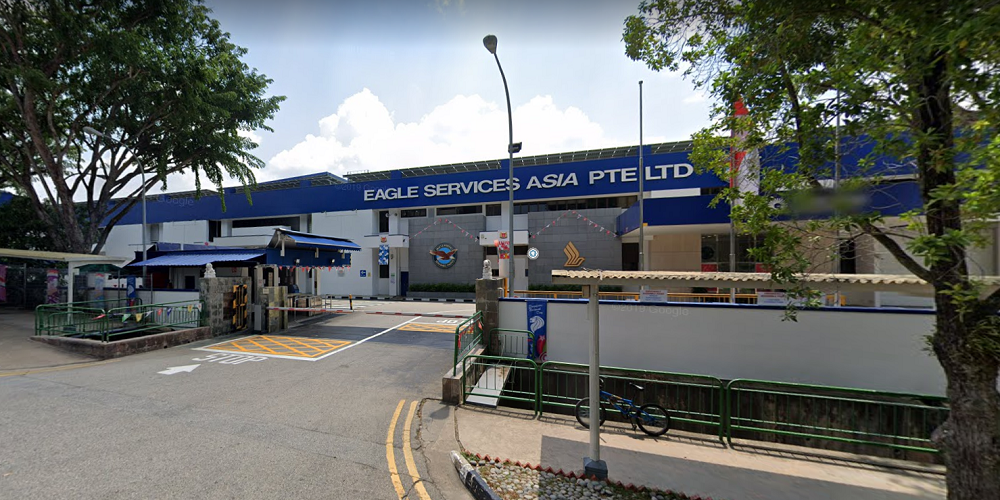Soon, all tobacco products, including cigarettes, sold in Singapore will come in standard packaging without any logos, colours or brand images. The amendments to the Tobacco (Control of Advertisements and Sale) Bill were passed in Parliament on Monday (Feb 11) and is being moved for a second reading.
The amendments include:
- All logos, colours, brand images and promotional information will be removed from the retail packaging of tobacco products. All permitted information such as brand and product names have to be displayed in a standard colour and font style.
- The colour, size, shape, opening and finish of the retail packaging will be standardised, together with aspects of the tobacco product’s appearance.
- The minimum size of mandatory GHWs will be increased from the existing 50% to 75% of the package.
- The import, distribution, sale, offer for sale or possession for sale of non-compliant tobacco products in Singapore is an offence.
Senior Minister of State for Health Edwin Tong explained that tobacco use remains a major public health problem in Singapore and is in fact the second highest contributor to ill-health and premature death in the country.
While smoking rates fell from 23% in 1977 to 1.6% in 2004, those rates have fluctuated between 12% – 14% in the last decade with no clear pattern of continuous decline, says Mr Tong.
“Clearly, we need to do more to stem tobacco use among Singaporeans, with a view to de-normalising the use of tobacco products and bringing overall smoking rates to a level that is as low as possible,” said Mr Tong.
He added that design and packaging is an effective way for tobacco companies to promote their products to the masses and branded packaging can encourage children and young adults to experiment with the substance. This role of branded packaging in establishing and perpetuating the habit of smoking in the younger generation is of particular concern in Singapore, with 90% of smokers reportedly picked up the habit before the age of 21.
A local study carried out by the Health Promotion Board (HPB) found that current cigarette pack designs influence both smokers’ and non-smokers’ perceptions towards various attributes of cigarettes.
On the other hand, plainer, standardised packs were generally seen as less attractive than current packaging and Singaporeans considered packaging with darker colours and at least 75% GHW to be least attractive and more harmful, according to HPB’s findings.
This move to limit or standardise the packaging of tobacco products is a move that other countries have implemented with promising results. Australia first introduced standardised packaging in December 2012 and according to a study conducted by the Australian Government over almost 3 years, smoking prevalence dropped by 0.55 percentage points, equivalent to 180,000 people.
In France, the French Department of Public Health found that one million daily smokers quit between 2016 and 2017 following the introduction of a several tobacco control measures in 2016 which includes standardised packaging. The French authorities described this as a ‘historic’ decline.
Other countries that have made this move include Thailand and the United Kingdom, among others.
One concern about standard packaging is whether this would lead to ‘down trading’ where smokers switch to cheaper brands due to the difficulty in distinguishing the different products. The question was raised by Dr Chia Shi-Lu, Member of Parliament (MP) for Tanjong Pagar Group Representation Constituency (GRC). He also asked if the plain designs would facilitate counterfeiting of cigarettes.
Mr Tong countered that after assessing trends in Australia, the contribution of standardised packaging to “down trading” is likely to be modest. He continued to say that the smokers were already buying cheaper products even before the packaging measure was introduced.
As for the possibility of counterfeit tobacco products, Mr Tong said that standardised packaging is unlikely to materially contribute towards an increase in illicit trade here, as the prevailing form of illicit tobacco in Singapore is contraband or duty-unpaid cigarettes as opposed to counterfeit ones.
Manufacturers would also not be incentivised to counterfeit cigarettes for sale due to the relatively small cigarette market here.
The Ministry of Health (MOH) also acknowledged that while standardised packaging will likely impact the tobacco and other related industries, Mr Tong said that the “positive objectives and public health outcomes warrants its introduction”.
When as by Ms Lee Bee Wah, MP for Nee Soon GRC if MOH would reach out to retailers to help them understand the new packing requirements and to hear their feedback on the implementation deadlines, Mr Tong said that the ministry will meet with stakeholders to brief them on the specifications for standardised packaging and other operational issues.
He added there will also be a transitional “sell-through” period to retailers a chance to clear their existing stocks and ease the implementation burden. Mr Tong noted that a nine to 12 months’ advance notice is likely to be given.






